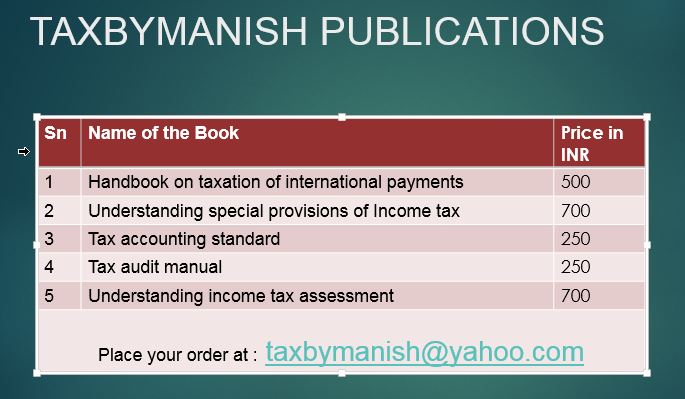This Tax Alert summarizes a Karnataka High Court (HC) decision, dated 23 February 2021, in the case of Nandi Steels Ltd. v. ACIT[1] (Taxpayer), wherein the issue was whether business losses of earlier years (past business losses) can be set off against capital gains which arose on sale of capital assets used for business purposes under the provisions of the Indian Tax Laws (ITL).
The ITL provides for a mechanism of set off and carry forward of losses incurred in the course of business. As per the provisions of the ITL, past business loss can be set off only against profits and gains of any business or profession carried on by a taxpayer. Furthermore, any income on transfer of capital asset which is used for business purposes, is taxed under a separate head of capital gains, whereas income from regular business transactions is taxed under the head profits and gains from business or profession (PGBP).
Special Bench (SB) of the Bangalore Income Tax Appellate Tribunal (Tribunal), in the Taxpayer’s case, had ruled that past business losses cannot be set off against capital gains arising on sale of capital assets used for business purposes since such capital gains cannot be regarded as profits and gains of the business carried on by the Taxpayer.
However, on the Taxpayer’s further appeal, the HC ruled in favor of the Taxpayer and allowed set off of past business losses against capital gains on sale of capital assets used for business. The HC held that the legislature has referred “profits and gains from any business” in the set off provision and has not specifically referred to income which is taxable under the head PGBP. The HC relied on the ratio of the Supreme Court (SC) ruling in the case of Cocanada Radhaswami Bank Ltd. [2], which permitted set off of past business losses against income which has attributes of business income (income from securities held as stock-in-trade in that case), even if it is taxable under any other head of income (income from securities in that case).
